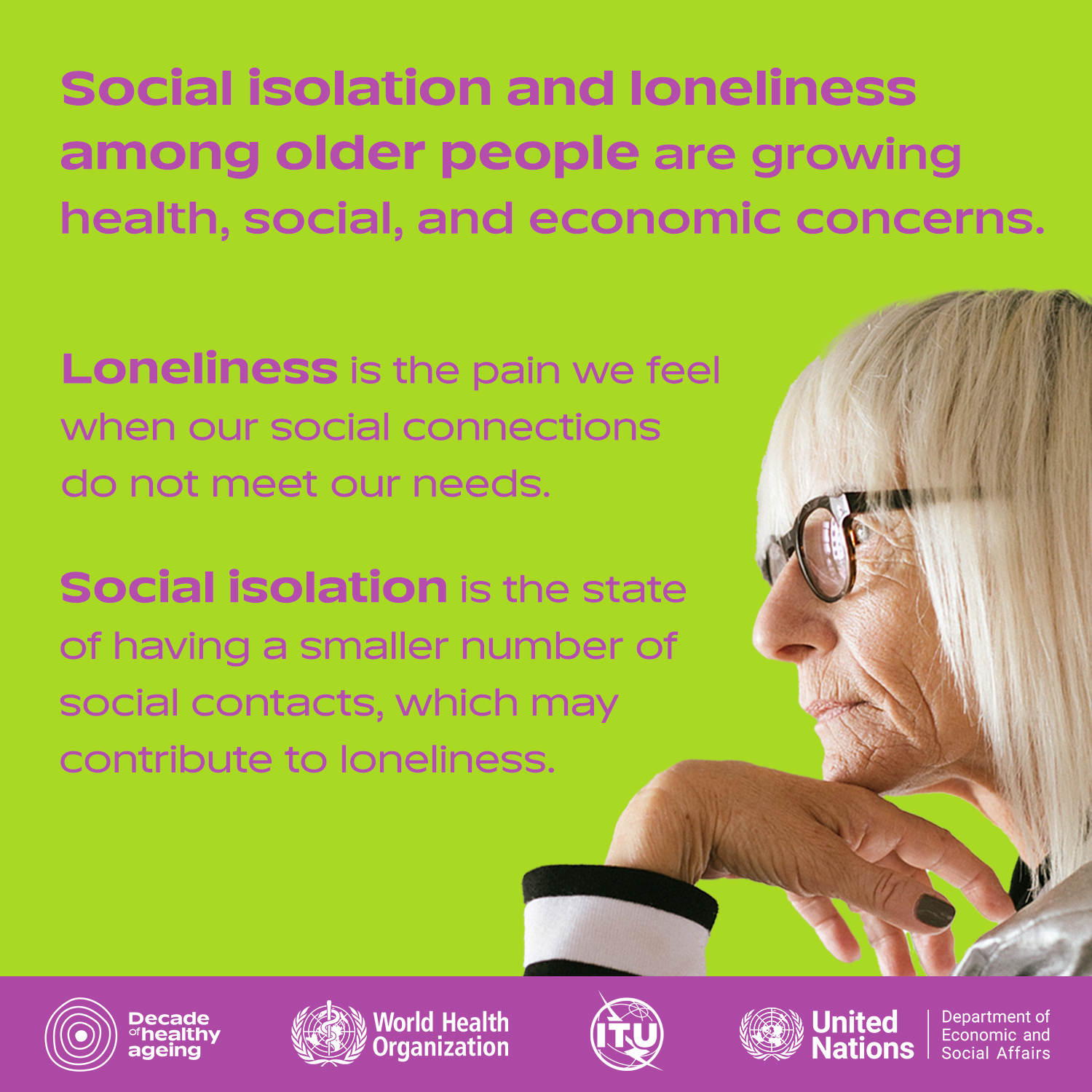Loneliness in the elderly
Loneliness is an important issue affects people of all ages, but it can be particularly detrimental to the elderly population. As individuals age, they may experience changes in their social networks, physical health, and living arrangements, can contribute to feelings of isolation and loneliness. In some countries about 30% of the elderly are feeling alone.

Loneliness among the elderly is a complex issue that arises from a variety of factors. One significant factor is changes in social networks. As people age, they may experience losses such as the death of a spouse, friends, or family members, all can lead to a decrease in social interactions.
Additionally, retirement, relocation, and changes in living arrangements, can disrupt established social connections and lead to isolation. Elderly individuals may also face challenges in making new friends, especially if they have limited mobility or live in rural areas with limited access to social activities and services.
Physical health can also impact feelings of loneliness among the elderly. As individuals age, they may experience health issues that can limit their ability to engage in social activities or participate in hobbies they once enjoyed. Chronic pain, mobility limitations, and cognitive decline can make it challenging to participate in social activities, leading to increased isolation and loneliness.
The effects of loneliness on the physical and mental health of the elderly can be significant. Loneliness in old age is harmful as;
- Shorten the lifespan of the elderly
- Reduce their quality of life
- significant damage to their physical and mental health
Research has shown that loneliness among the elderly is associated with increased risks of various health problems (cardiovascular disease, stroke, diabetes, depression, anxiety, and dementia), behavioral problems (low physical activity, alcohol and smoking issues), decrease in the intrinsic capacity (mobility, cognitive decline and decrease in the activities of daily living).
To combat loneliness among the elderly, it is important to implement strategies that address both the social and physical aspects of the issue. Here are some strategies that can help:
Develop social connections
- Smile at every chance and try to make a conversation. Encouraging social interactions and connections can help combat loneliness.
- This include maintaining relationships with family and friends, participating in group activities such as clubs, classes, or religious gatherings, and engaging in community events.
- Love computers and technology. Technology can also be a useful tool for connecting with others, such as using social media, video calls, or online forums to stay in touch with friends and family.
Create opportunities for engagement
- Providing opportunities for meaningful engagement can help combat loneliness. This can include volunteering, joining a hobby or interest group, or participating in community events. This will help to develop a sense of purpose.
- Invite some friends for tea/ dinner or lunch.
Address physical health needs
- Addressing physical health needs can help improve the overall well-being of elderly individuals and reduce loneliness. This can include regular medical check-ups, managing chronic health conditions, maintaining a healthy diet, engaging in regular physical activity within their abilities, and getting enough sleep.
- Adequate physical health can help elderly individuals maintain their independence and ability to engage in social activities.
- Promote mental health and emotional well-being:
- Supporting mental health and emotional well-being can also combat loneliness. This can include providing access to mental health services, encouraging engagement in activities that promote relaxation and stress reduction, and providing opportunities for emotional expression and social support.
- Mental health support can help elderly individuals cope with the challenges of aging and reduce feelings of loneliness and depression.
Enhance living arrangements
- Improving living arrangements can also help combat loneliness among the elderly. This can include creating opportunities for socialization within care facilities or nursing homes